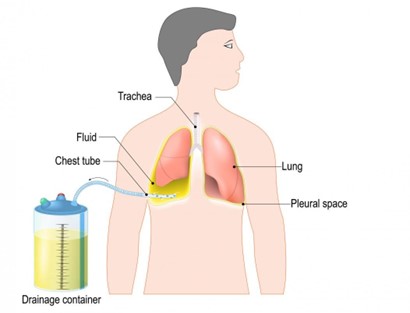The Practical Nurse (PN) assessing a client for the nursing diagnosis of Impaired Verbal Communication is aware that the least number of defining characteristics for this diagnosis is:
Three
One
Four
Two
The Correct Answer is B
Choice A reason: This is incorrect because it shows that the PN is not familiar with the nursing diagnosis criteria. Three defining characteristics are not the least number required for the diagnosis of Impaired Verbal Communication.
Choice B reason: This is correct because it shows that the PN is familiar with the nursing diagnosis criteria. One defining characteristic is the least number required for the diagnosis of Impaired Verbal Communication, according to the NANDA-I taxonomy.
Choice C reason: This is incorrect because it shows that the PN is not familiar with the nursing diagnosis criteria. Four defining characteristics are not the least number required for the diagnosis of Impaired Verbal Communication.
Choice D reason: This is incorrect because it shows that the PN is not familiar with the nursing diagnosis criteria. Two defining characteristics are not the least number required for the diagnosis of Impaired Verbal Communication.
Nursing Test Bank
Naxlex Comprehensive Predictor Exams
Related Questions
Correct Answer is C
Explanation
c. Sip the water he is allowed to have slowly to make it last throughout the day.
Option a is not recommended as hard candies may contain sugar and artificial sweeteners, which can be harmful to the patient's health.
Option b is not recommended because caffeinated tea has diuretic properties that can increase urine output, leading to further dehydration.
Option d is not recommended as Gatorade is a sports drink that contains high amounts of sugar and electrolytes, which can lead to fluid overload and imbalances.
Sipping the water slowly can help the patient moisten his mouth without going over his fluid restriction. This approach can also help him pace his fluid intake throughout the day, which can be beneficial for maintaining proper hydration levels and managing fluid overload.
Correct Answer is C
Explanation
: Chest tube placement is done to remove air or fluid from the pleural space, which is the area between the lungs and the chest wall. The chest tube drainage system is an important tool to monitor and manage the drainage from the chest tube.
It is essential that the chest tube drainage system is placed below the level of the patient's chest and the site of insertion. This is necessary to create a continuous drainage system by allowing gravity to assist in the flow of air or fluid out of the pleural space. If the chest tube drainage system is placed above the insertion site, the fluid will not drain properly, which can cause the fluid to back up into the patient's chest cavity, leading to complications such as pneumothorax or hemothorax.
Therefore, the appropriate statement regarding a chest tube is that the chest tube drainage system must be placed below the site of insertion.

Whether you are a student looking to ace your exams or a practicing nurse seeking to enhance your expertise , our nursing education contents will empower you with the confidence and competence to make a difference in the lives of patients and become a respected leader in the healthcare field.
Visit Naxlex, invest in your future and unlock endless possibilities with our unparalleled nursing education contents today
Report Wrong Answer on the Current Question
Do you disagree with the answer? If yes, what is your expected answer? Explain.
Kindly be descriptive with the issue you are facing.
